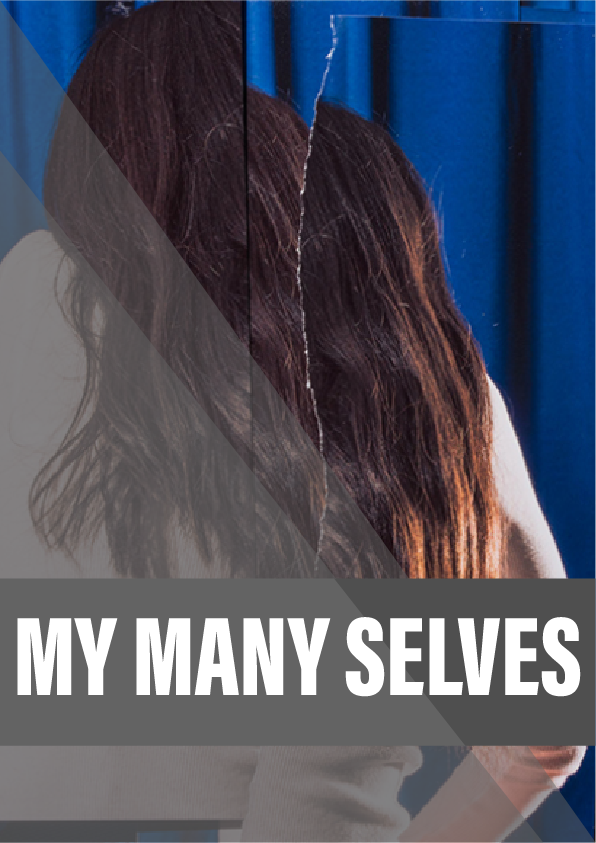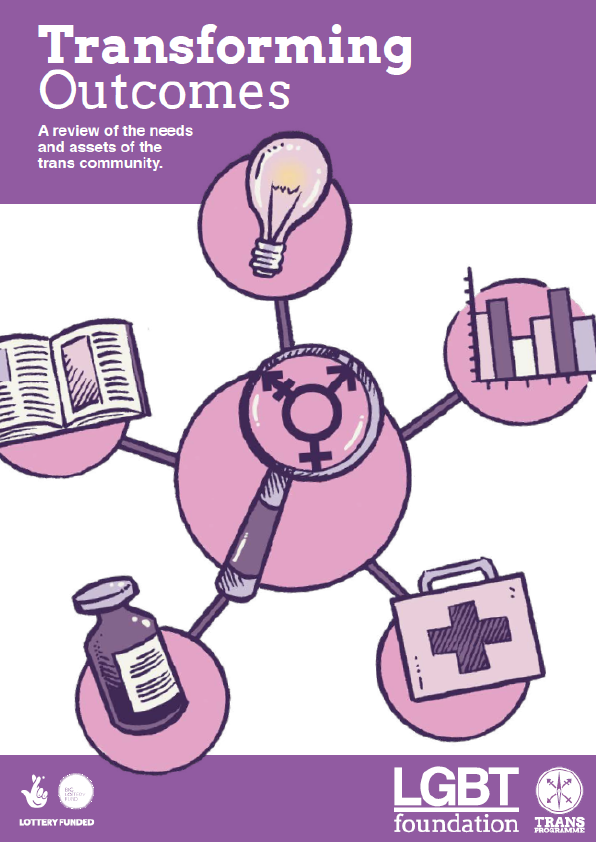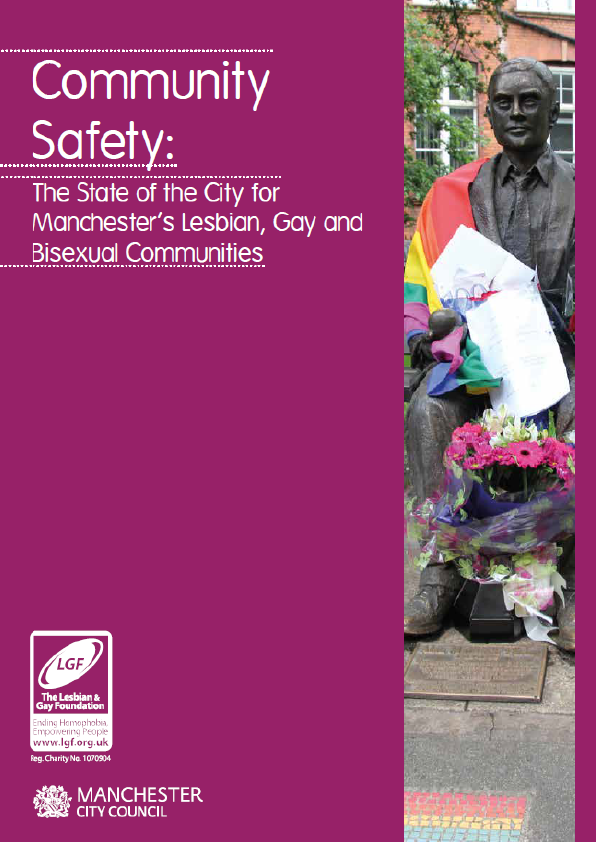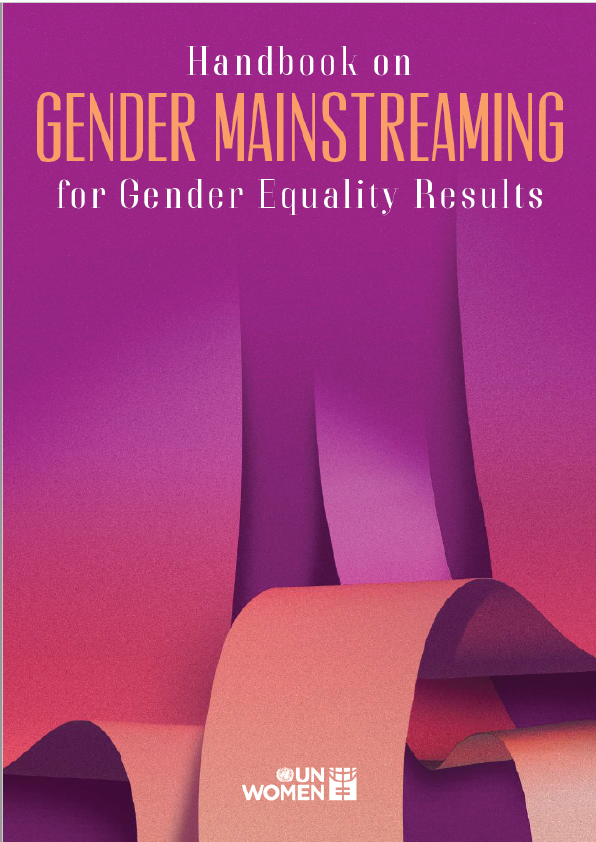Emma Young meets a woman with dissociative identity disorder and discovers what happens when you lose your sense of being an individual.
Until she was 40 years old, Melanie Goodwin had no memory of her life before the age of 16. Then, a family tragedy triggered a cataclysmic psychological change. Suddenly she was aware of other identities inside her, and the barriers between them were crumbling. The different identities belonged to her, Melanie felt, but ‘her’ at different ages, from three years old to 16 and on into adulthood.
These ages were not random. Amid the confusing, terrifying mingling of different voices in one consciousness came memories of child abuse, the first episode occurring when she was three, the last when she was 16. “I have no proof,” she notes. “I have to go with what I believe happened, and my reality.”
Melanie has what used to be called multiple personality disorder, which is now more commonly referred to as dissociative identity disorder (DID). The change in name reflects an understanding that it’s more than just changes in personality that are involved. Memories, behaviours, attitudes, perceived age – all can switch together.
“We” – she generally refers to herself as ‘we’ – “had lots of adult parts. Development should be seamless… But because we didn’t grow up naturally, we would update ourselves… Finally, there were nine different adult parts, each managing a stage of our abuse-free adult life.”
Reference:
- Melanie Goodwin’s organisation, First Person Plural, has information and resources for people affected by dissociative identity disorders.
- A 2016 research paper refuted the idea that people with DID are ‘acting’, supporting the findings of a 2012 study that used brain imaging and other measures.
- Research has explored the benefits of nostalgia for self-connectedness.
- Nina Strohminger’s research on morals and identity was published in two papers: ‘The essential moral self’ and ‘Neurodegeneration and identity’.











